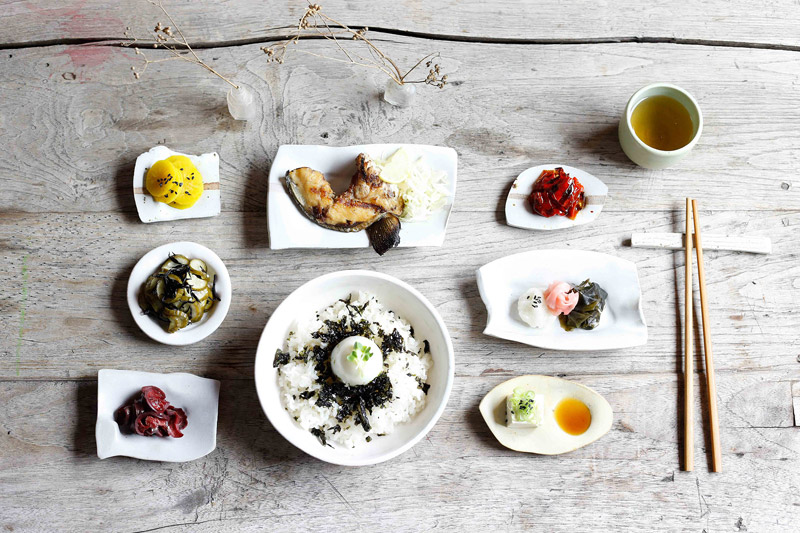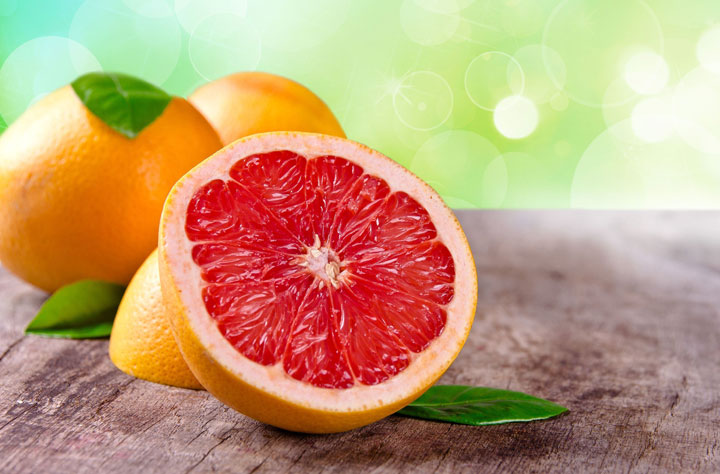
There is no doubt that Japanese women are eye candy. Slender, demure and attractive, the turn heads wherever they go. They are not only slim but also hold the secret keys to longevity.
Japanese beauties are some of the longest living on Earth. Just what are their secrets to having slender figures and living long lives?
1. Exercise
For a start, exercise is a part of a Japanese woman’s way of life. The Japanese integrate workouts into their busy schedules whenever possible. Japanese lead a healthy lifestyle by establishing an entire culture of biking, walking and hiking. They ferry themselves around by walking and often take the stairs instead of lifts.
2. Dieting Principles
Japanese women have a unique approach to food, one which is worth adopting. They are not overwhelmed by dieting like their Western counterparts; they eat different foods in small amounts.
3. Small portions
You may notice that the food you order in Japanese restaurants comes in small bowls so that they do not cause you to feel bloated. Cooks never fill plates completely, and they arrange food to be aesthetically pleasing. The arrangement makes one feel too guilty to eat. You will be compelled to down it in small amounts.
4. Home-Cooked Meals
The Japanese enjoy home-cooked meals of grilled fish, rice, and simmered vegetables. The Japanese consume almost 10 percent of the world’s fish, although they make up about 2 percent of the world’s population. That’s 150 pounds per year, per person compared to the world average of 35 pounds. And this daily dose of omega-3 fatty acids may well explain why they live long and healthy lives. That, and the fact they consume 5 times the amount of cruciferous vegetables, broccoli, cabbage, kale, cauliflower and Brussels sprouts, that Americans do.
5. Smart Cooking Techniques
Japanese women intentionally cook their cuisine lightly. They steam, grill, saute simmer or quickly stir-fry their food. They also use heart-friendly oils and cook their food in broths. Dressings are light, yet satisfying.
6. A Power Breakfast

Japanese ladies eat a power breakfast, but not the kind you may expect. In Japan, the breakfast is considered the most important and it includes many foods and drinks, such as green tea, steamed rice, soup, tofu, young garlic, seaweed, omelet, or a piece of fish. Breakfast is a typically big meal that gives them an extra push without being too filling.
7. Fewer Desserts
They rarely eat desserts, but when on the menu, there are served in small portions; sugary treats are not customary. Though they do enjoy an occasional ice-cream, it is a small amount and typically contain less sugar.
8. Only Rice
Steamed rice is the main carbohydrate source for the Japanese woman. The Japanese diet contains no bread, so there is hardly any refined wheat flour. It is the over consumption of refined wheat flour that is a major cause of obesity in America today. These days, white rice has been replaced by the brown variety. It is a less refined carbohydrate.
9. No Liquids during Meals
The Japanese never drink while eating, because they believe in keeping the body warm. Liquids cool the body and neutralize the acids needed for digestion. You expend more energy to process food, which leaves you feeling hungry.
10. Hot Baths
Dipping in hot, springs is part of Japanese culture. They calm you and relax your muscles. The Japanese get the level of water up to the heart and soak at temperatures of 40 degrees Celsius.
Key Staples in a Japanese Diet

A Japanese Woman’s diary may contain another secret: the food she eats. These typical Japanese diet staples keep her slim and healthy.
1. Rice
Rice is present at most Asian meals. It is a must-have at every Japanese table. Rice deters the effects of sodium, cholesterol, and saturated fat. Being low in sodium, it manages hypertension and relaxes the cardiovascular system. For a healthier meal, choose brown rice, which has a lower glycemic index.
2. Soybeans
The Japanese consume about 50g of soy a day. Soy increases metabolic activity and boosts your energy. Soybeans are a top protein source; they assist the repairing of cells. Soybeans build lean muscle, which explains their presence in many meal replacement powders. The antioxidants in them neutralize free radicals and prevent cancer.
Soy is a source of unsaturated fat and lowers cholesterol. It prevents conditions like atherosclerosis. The isoflavones in it alleviate the symptoms of menopause. A rich fiber source, they ease digestion. If you want to prevent osteoporosis, eat soy. It has impressive levels of calcium.
3. Vegetables

Any Japanese woman will tell you that vegetables are a major part of her diet. The Japanese consume about five times as many cruciferous vegetables (bok choy, broccoli, and cabbage) as Americans. Health-giving seaweed, of course, is found in almost every bowl of Miso soup.
4. Noodles
Japanese women eat buckwheat noodles with a variety of dipping sauces. Besides being cholesterol free, they have fewer proteins and carbohydrates. A cup of these noodles has 0.46g of metabolism-regulating manganese. Buckwheat noodles supply 18.5 % of a person’s required daily intake of the compound. They also provide 12% of the lean protein needed by a healthy adult.
5. Green Tea
Green tea is now one of a Japanese woman’s worst-kept secrets. Research by Serafini M et al. reveals its health-giving polyphenols and high antioxidant activity.
Many weight-loss supplements have green tea on their lists of ingredients. Research by Kirsten Dispavena et al. proves that it has thermogenic (fat-burning) mechanisms.
6. Fish
Fish is another slimming secret of Japanese women. The Japanese tussle consistently with environmental groups about overfishing. The Omega-3 fatty acids in oily fish like tuna and salmon explain how the Japanese manage to stay slim and youthful.
7. Fruits
Fresh fruit is an often-included part of the Japanese diet. Most fruits are low in fat, calories, and sodium. They are sources of antioxidants and fiber, minerals that help weight loss. Fruits like banana have high levels of potassium, which reduce hypertension.

If you like this post, please give it a five star review and help me share it on facebook!




Leave a Reply